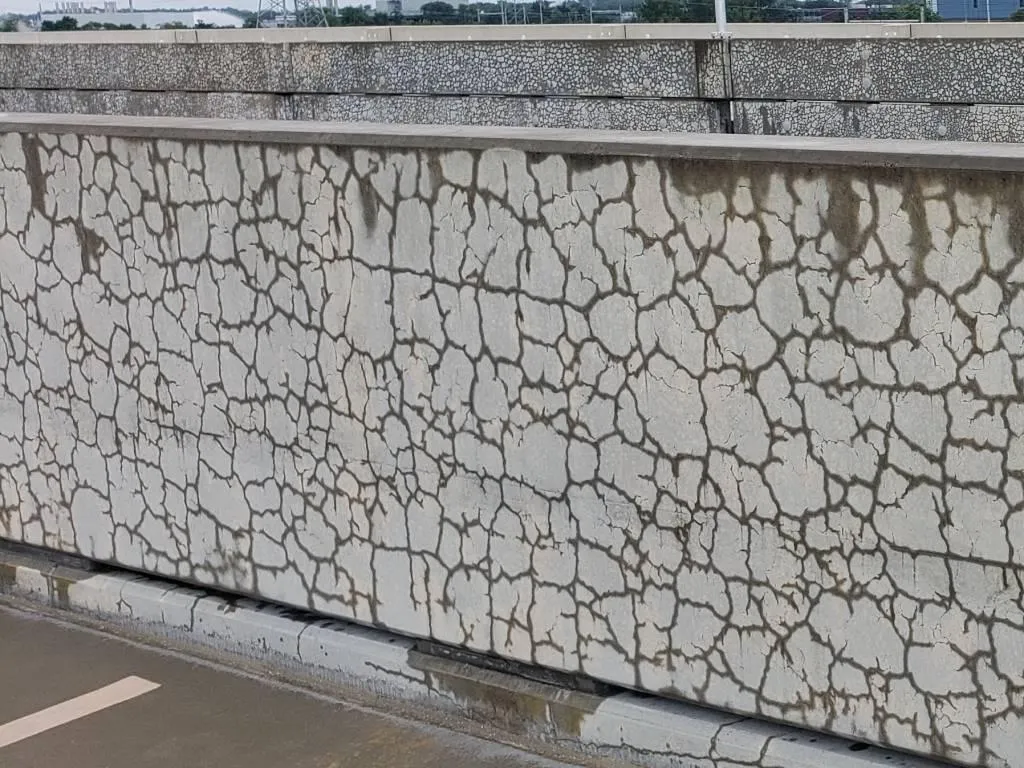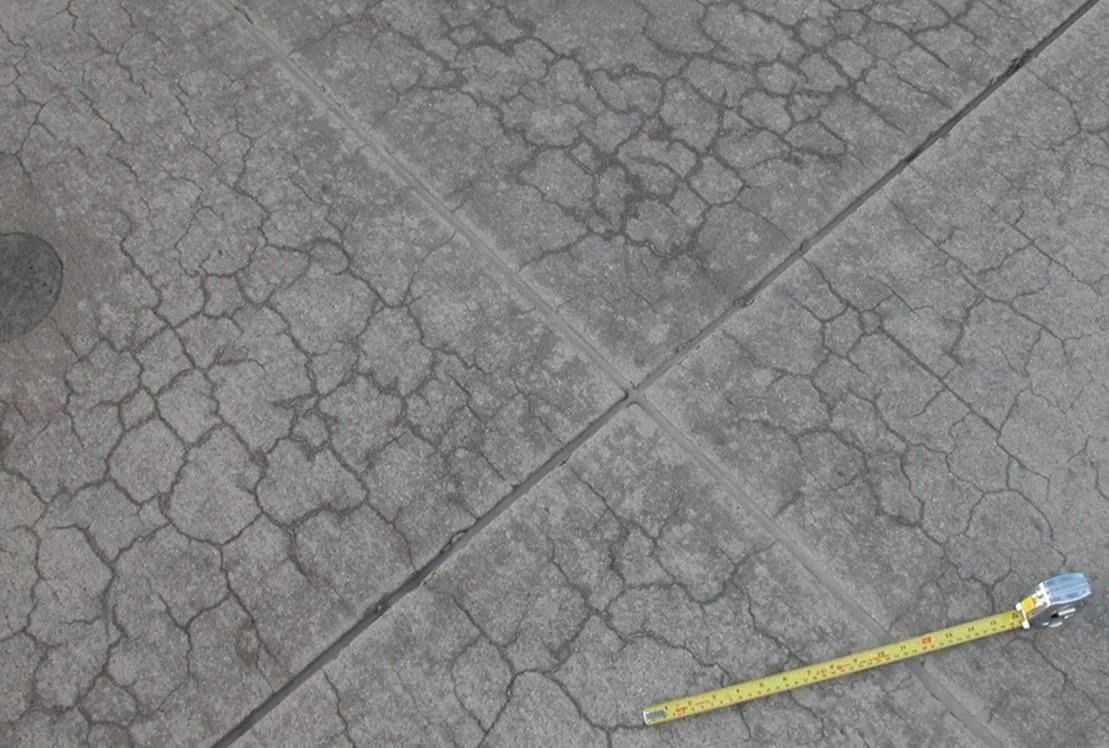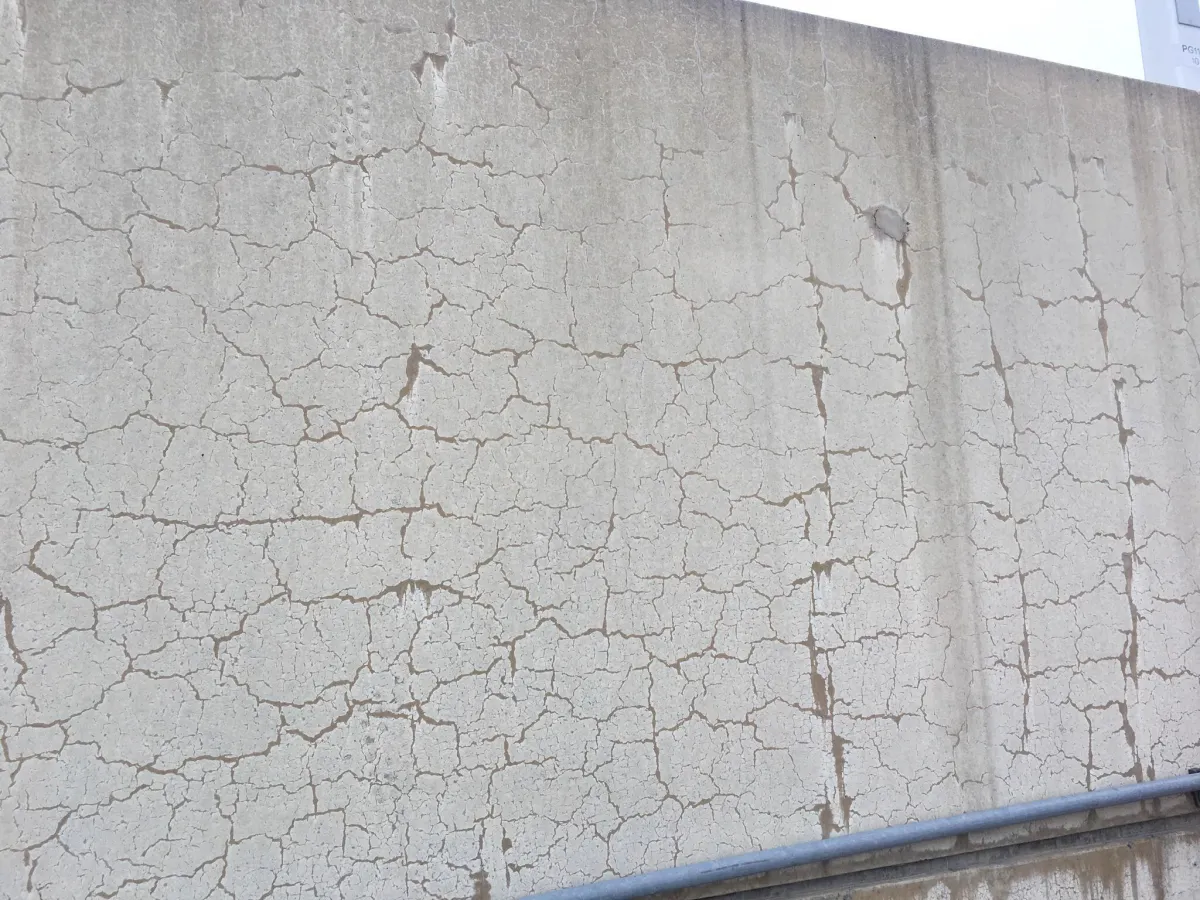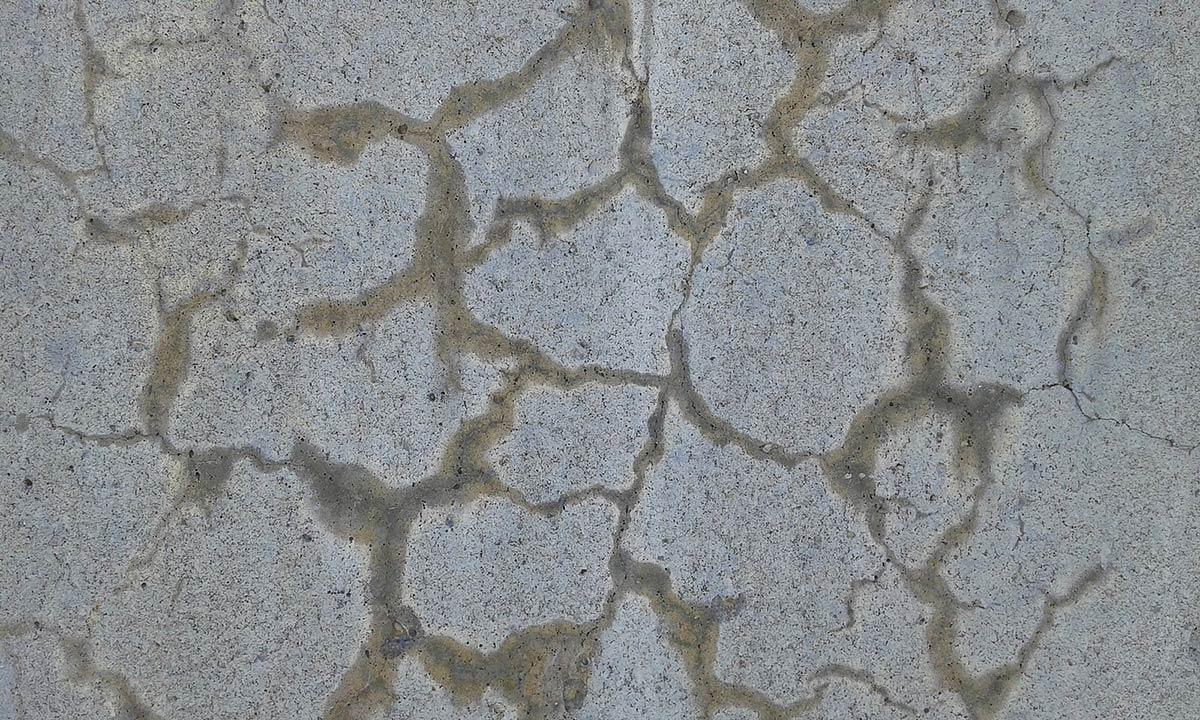Commercial Concrete Repair for Slabs, Joints & Surface Prep
Solid Floors Start with Sound Concrete
Cracks, surface spalls, or uneven slabs can jeopardize your flooring project. ATR specializes in commercial-grade concrete repair that prepares your surface for long-term flooring performance.
We repair damage, fill joints, grind high spots, and ensure your substrate meets specs before installation.
Services Include:
Crack & joint repair
Slab leveling & patching
Surface grinding & shot blasting
Bond testing
Overlayments
Common Repair Scenarios:
Old adhesive residue from carpet or VCT removal
Cracked joints in high-traffic warehouses
Uneven concrete slabs from settling or a poor original pour
Surface damage in tenant spaces or facility renovations
Subfloors that fail flatness or levelness specs
Our Concrete Repair Services
We offer comprehensive solutions to restore and prepare concrete slabs for successful flooring installation — from crack repair to surface profiling.
We begin with crack and joint repair, sealing both static and dynamic cracks as well as damaged control and expansion joints. Depending on the traffic load and the type of flooring being installed, we use either flexible or rigid fillers to ensure long-lasting performance and structural stability.
For surfaces showing signs of spalling, pitting, pop-outs, or scaling, our team performs targeted patching and slab restoration using high-strength repair compounds. These repairs smooth and strengthen the slab, ensuring a uniform, durable surface for new flooring.
We also grind and profile the slab to remove high spots, adhesives, and surface contamination. This mechanical process brings the substrate to the correct Concrete Surface Profile (CSP) required for moisture barriers, self-leveling compounds, and flooring adhesives to properly bond.
Before any repair work begins, we conduct substrate inspections and compatibility testing. This includes evaluating slab integrity, moisture levels, and bonding conditions to determine the most appropriate repair methods and material systems for your project.
Alkali-Silica Reaction (ASR) & Its Role in Moisture Damage
What is ASR?
ASR, or Alkali-Silica Reaction, is a chemical reaction that occurs inside concrete when alkalis (from cement or other sources) react with certain forms of silica found in some aggregates. This reaction produces a gel-like substance that absorbs water and expands, causing internal pressure within the slab. Over time, this leads to visible cracking, map cracking, surface delamination, and even structural misalignment.
Why it Matters for Flooring:
ASR-damaged concrete can continue to expand and deteriorate beneath your floor covering — compromising both structural integrity and the adhesion of flooring systems. It’s a hidden but costly risk for commercial and institutional projects.
How We Prevent ASR in Future Slabs
For new construction:
Use low-alkali cement
Substitute reactive aggregates
Incorporate Supplementary Cementitious Materials (SCMs) like fly ash, slag cement, or silica fume
Applying surface sealers and vapor barriers to limit water intrusion
When ASR risk is identified, ATR works alongside engineers and project teams to integrate mitigation strategies early in the flooring prep phase.
We provide complete flooring solutions — from material sourcing and surface preparation to gypsum underlayment and expert installation. With one point of contact for your entire project, ATR is the only commercial flooring company in the U.S. offering true turnkey flooring packages.





